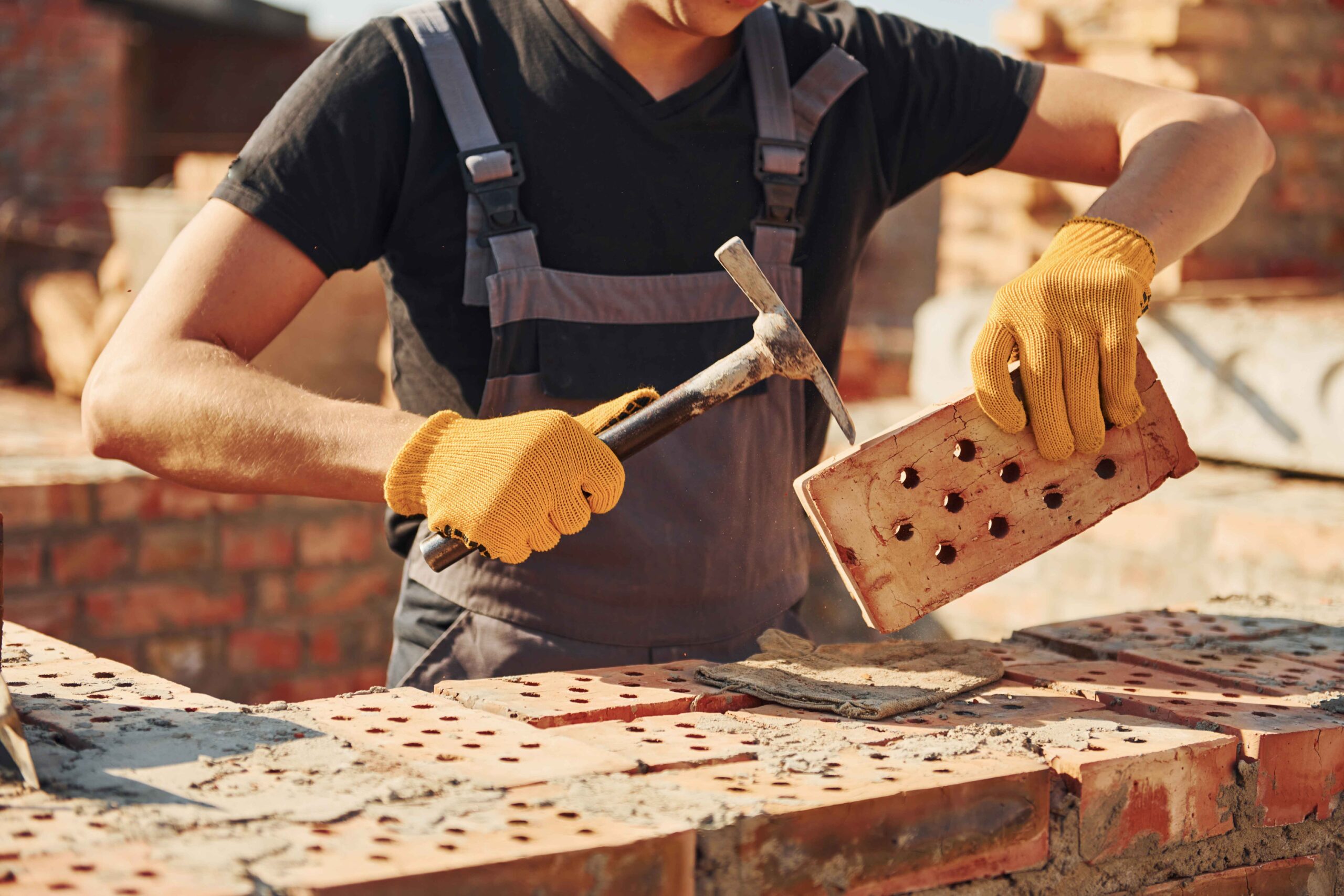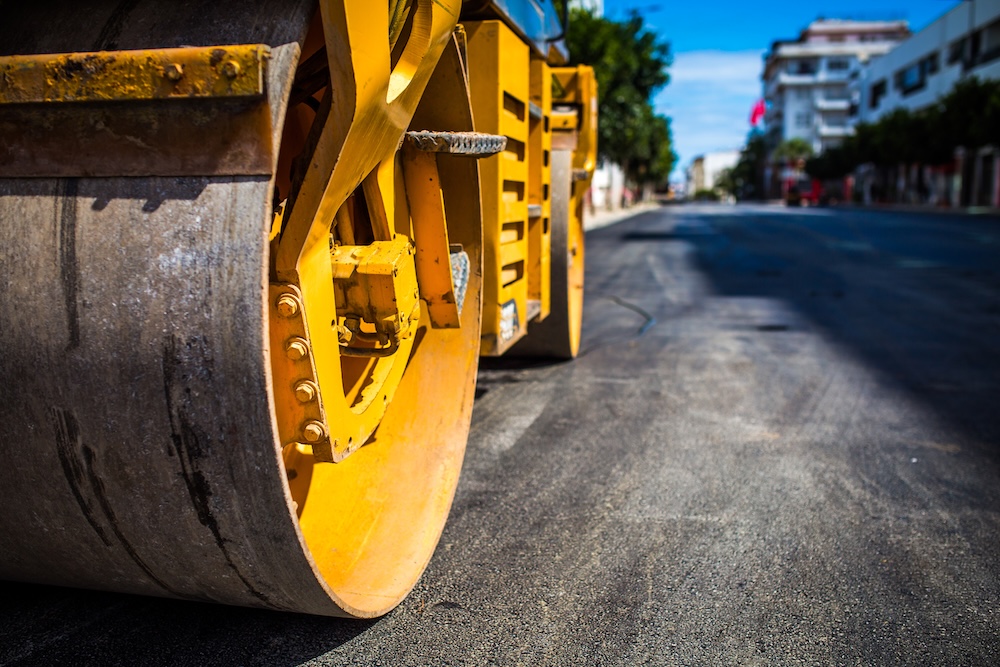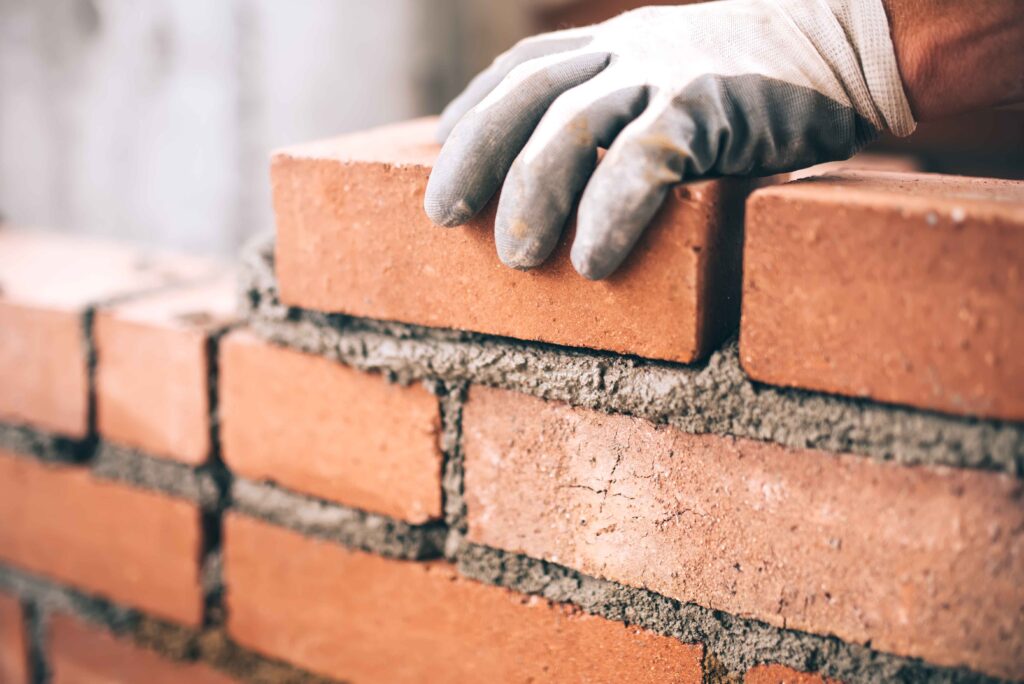
- min min
- No Comments
- July 4, 2025
The Bricklaying Process Explained: From Foundation to Finish
Bricklaying is one of the oldest and most trusted construction methods, offering strength, durability, and aesthetic appeal to structures. Whether you’re building a garden wall, an extension, or part of a commercial structure, understanding the bricklaying process can help you make informed decisions and appreciate the craft behind the build.
At East Herts Surfacing, our brickwork services are carried out with precision, care, and expertise—every step of the way. In this guide, we break down the full bricklaying process from start to finish.
1. Planning and Site Preparation
Every successful brickwork project begins with proper planning. This involves:
- Reviewing architectural plans and specifications
- Ensuring permits and regulations are in place
- Preparing the worksite by clearing debris, levelling the area, and setting up scaffolding or safety barriers
Accurate measurements and layout lines are marked on the ground using pegs and string lines. This preparation stage is critical to ensure walls are straight, level, and plumb throughout the process.
2. Laying the Foundation
The foundation is the backbone of any brick structure. It must be:
- Deep enough to prevent frost damage
- Strong enough to bear the load
- Level and square to guide the rest of the build
Typically, a concrete footing is poured and left to cure before the bricklaying begins. The depth and width of the foundation depend on the size and purpose of the structure.
3. Mixing Mortar
Mortar acts as the adhesive that binds the bricks together. It is made from a mixture of cement, sand, and water in precise ratios to ensure workability and strength. Some key considerations include:
- Achieving the right consistency—not too dry or wet
- Mixing small batches to avoid drying out
- Using additives if required (e.g., for waterproofing or frost resistance)
The quality of the mortar is vital to the longevity and appearance of the finished brickwork.
4. Laying the First Course
The first course of bricks sets the standard for the entire wall. A laser level or spirit level is used to ensure it’s perfectly horizontal. Builders often:
- Soak bricks briefly to prevent mortar from drying too quickly
- Apply a thick bed of mortar on the foundation
- Tap each brick into place and align it with a string line
Special attention is paid to the spacing of joints and ensuring consistent alignment.
5. Building Up the Wall
Once the first course is set, subsequent courses are added using a staggered pattern called “stretcher bond” (or others depending on design). During this stage:
- Vertical joints (perpends) are filled
- Joints are struck or tooled to improve weather resistance
- The level is checked frequently to maintain evenness
Corners (known as quoins) are typically built up several courses ahead to guide the rest of the wall. These provide a framework to maintain uniformity across long stretches of wall.
6. Reinforcement and Cavity Walls
For structural or load-bearing walls, reinforcement may be added, such as:
- Wall ties in cavity walls to bind inner and outer leaves
- Steel rods or mesh embedded into mortar beds
- Damp-proof courses to prevent moisture ingress
Modern bricklaying often involves cavity construction, where insulation is placed between two layers of brick to improve energy efficiency.
7. Installing Features and Finishes
Once the basic structure is up, the final touches begin. These might include:
- Arches, decorative brickwork, or soldier courses
- Sills, lintels, and coping stones
- Cleaning the face of the wall using brushes or acid wash
At this stage, aesthetics matter just as much as structure. Well-tooled joints, clean lines, and even courses elevate the quality of the project.
8. Curing and Aftercare
Once the wall is completed, the mortar needs time to cure properly. This can take several days, depending on weather conditions. Proper aftercare includes:
- Protecting the wall from rain or frost
- Avoiding pressure or weight on the wall during curing
- Touching up joints if necessary
In colder seasons, frost blankets or heated enclosures may be used to prevent mortar from freezing before it sets.
Why Professional Bricklaying Matters
While DIY projects can be satisfying, bricklaying requires a high level of skill, precision, and experience to achieve structurally sound and visually appealing results. Poor brickwork can lead to:
- Cracks or leaning walls
- Moisture ingress and damp
- Poor insulation and energy inefficiency
That’s why it’s always advisable to hire professionals who follow a proven bricklaying process from foundation to finish.
Work with Experienced Bricklayers in Hertfordshire
At East Herts Surfacing, our dedicated team delivers expert brickwork services for residential and commercial clients alike. Whether you need a new boundary wall, garden feature, or extension structure, our team brings craftsmanship and reliability to every project.
🔗 Explore our Brickwork Services
📞 Contact us today for a free quote
Conclusion
Understanding the bricklaying process helps property owners appreciate the work that goes into a lasting, high-quality brick structure. From the first course to the finishing touches, every step requires attention to detail, knowledge, and skill. Whether you’re planning a new build or upgrading your landscape, investing in expert bricklaying is always a smart move.


Professional Advice, Free Quotes & Friendly Service — Just a Message Away
We’re ready to help with your surfacing needs — reach out today for a no-obligation chat.
Quality road surfacing guaranteed
Over 20 years’ experience in tarmac and commercial surfacing
Contact East Herts Surfacing – Your Trusted Surfacing Experts in Hertfordshire
Looking for professional surfacing services you can rely on? At East Herts Surfacing, we specialise in high-quality driveway surfacing, road surfacing, and commercial surfacing projects across Hertfordshire and the surrounding areas. Whether you need expert advice, a free surfacing quote, or a full resurfacing solution, our experienced team is here to help. Get in touch today and see why we’re the trusted surfacing contractors for homes, businesses, and local authorities throughout East Herts.







